With four weeks to go until the European Challenge Tour returns, we look back at the past five seasons to see which credentials are needed to earn graduation to the European Tour through the Road to Oman Rankings.
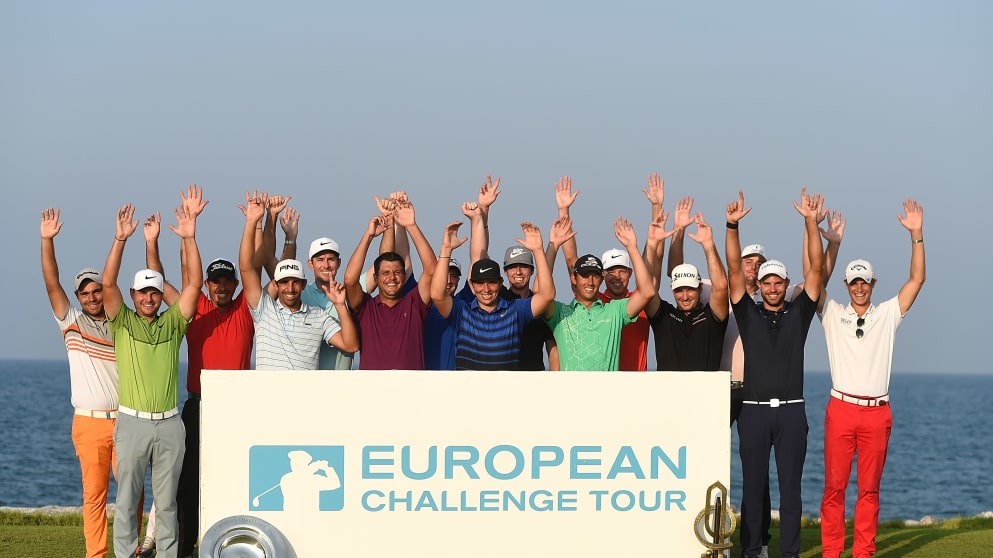
Win three times
First and foremost winning is what counts. Competitors on the Challenge Tour can earn immediate promotion to the European Tour by winning three times in one season, and during the past five seasons, six players have achieved that feat: Kristoffer Broberg (2012), Brooks Koepka (2013), Moritz Lampert (2014), Benjamin Herbert (2014), Nacho Elvira (2015) and Bernd Ritthammer (2016).
Those teeing it up at the season-opening Barclays Kenya Open will be dreaming of a campaign like Broberg’s five years ago, where the Swede triumphed four times in seven starts – and finished no lower than tied ninth.
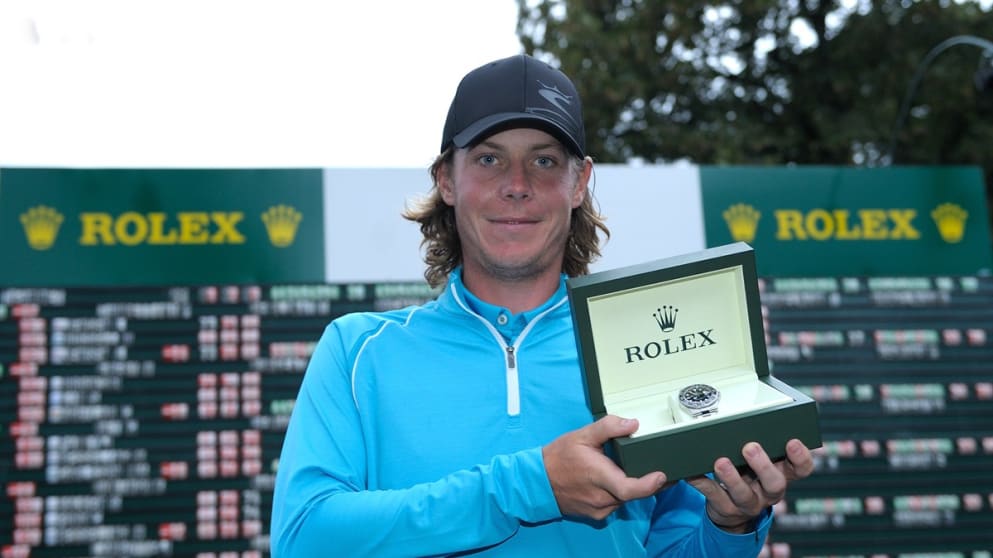
Consistently in the top ten
While ultimately winning tournaments will guarantee success, consistently finishing in the top ten is also vital. During the past five seasons 61% of graduates won on the Challenge Tour that year, leaving 39% of players earning European Tour cards on top ten finishes alone.
While the average number of top ten finishes achieved by a Challenge Tour graduate during the past five seasons has been 5.7, last year’s Road to Oman proved just how important being in contention week in, week out is.
Last season each graduate on average achieved one more top ten than the five-year average, with the 16 players averaging 6.8 top ten finishes apiece.
In arguably the most fiercely competitive campaign during the past five years, which saw 20 different winners in the first 20 events, it was those who repeatedly secured high finishes who prevailed.
Notably 16thman Joël Stalter, who recorded one win and six top tens in 2016, edged out compatriot Adrien Saddier, who won once and finished in the top ten three times, by just 741 points.
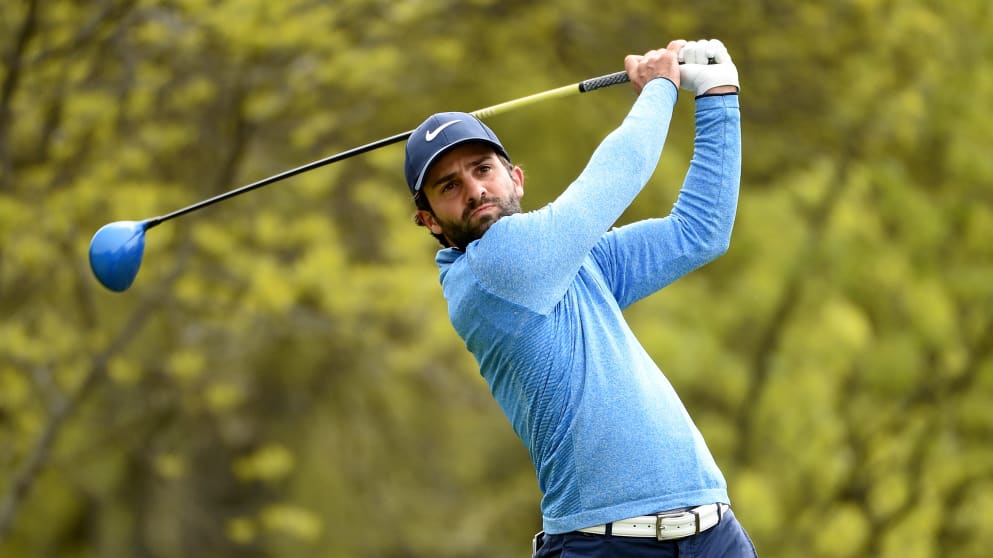
It helps to be 27
Over the past five seasons, the average age of a graduate was 27.3. This figure has remained fairly similar season by season, with the number falling slightly in 2013 when the average age of a graduate was 26.8. The youngest graduate during that five-season spell was Gary Stal, who was 20 years and eight months old when he was one of the 21 who earned European Tour cards in 2012.
That campaign also saw the oldest graduate, Alessandro Tadini, who was 38 years and ten months old – more than 18 years Stal’s senior.
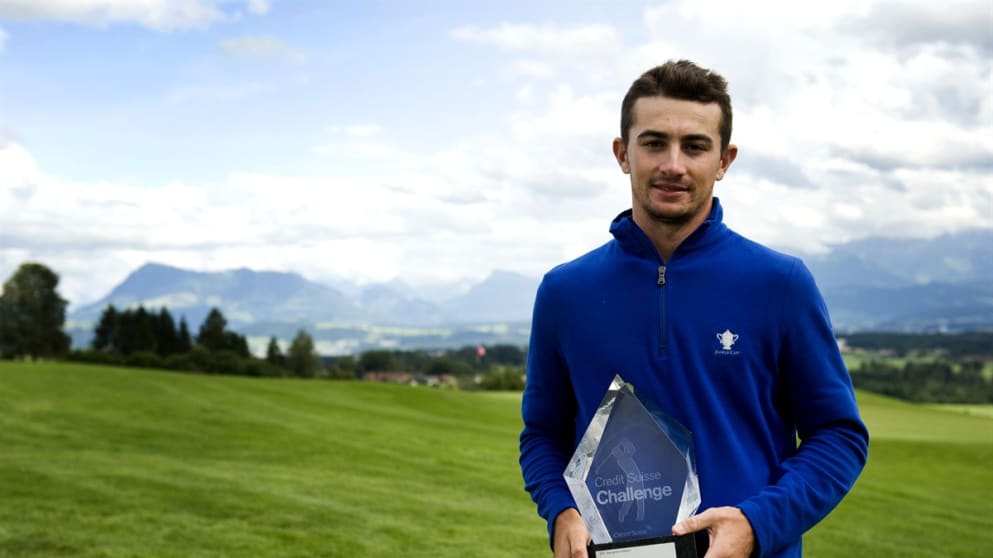
Average 70 (or lower)
Overall, a graduate’s scoring average over the past five seasons has been 70.17. In keeping with the notion that the 2016 Road to Oman was the most closely contested campaign in recent memory, the scoring average of the top 16 was 69.67, which was lower than each of the four previous seasons: 70.36 in 2015, 70.39 in 2014, 70.16 in 2013 and 70.26 in 2012.
In fact, at 69.67, the scoring average of a graduate in 2016 was lower than that of two former Challenge Tour Number Ones – Andrea Pavan’s was 69.92 in 2013 while Espen Kofstad’s was 70.26 in 2012.
Jason Palmer earned a European Tour card in 2014 with the highest scoring average, 71.43, four shots higher than the scoring average achieved by Broberg in 2012. At an astonishing 67.59, the Swede’s scoring average is more than one shot better than any other graduate.

Spend two years on tour
Since 2012, the average amount of time a player has spent on the Challenge Tour before graduating is 2.4 seasons. In that time, 16 of the 82 graduates were rookies, with 2016 Road to Oman champion Jordan Smith the only rookie to win the Rankings at the first attempt.
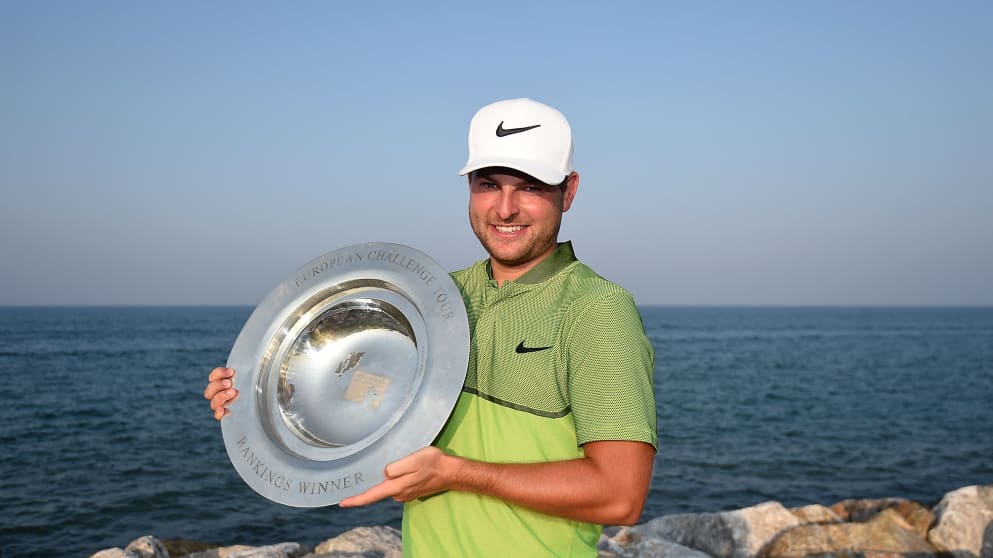
What it takes to be Number One
While Smith is the only rookie to top the Rankings since 2012, he has a lot in common with the four previous Challenge Tour Number Ones. At 23 years and 362 days old when he lifted the Rankings trophy, Smith’s age was almost identical to that of the four previous Rankings winners: Ricardo Gouveia was 24 in 2015, Andrew Johnston was 25 in 2014, Pavan was 24 in 2013 while Kofstad was also 24 in 2012.
The last five Rankings champions also share a very similar record when it comes to wins and top ten finishes. All five triumphed twice on their way to winning the Rankings, while each finished in the top ten between seven and 12 times: Smith, eight, Gouveia, 12, Johnston, nine, Pavan, eight and Kofstad, seven.
On average each Number One spent one season on the Challenge Tour before topping the Rankings: Smith, none, Gouveia, one, Johnston, two, Pavan, one, Kofstad, one, while the average scoring average of the past five Challenge Tour Number Ones was 69.64: Smith’s was 69.32, Gouveia’s was 69.04, Johnston’s was 69.64, Pavan’s was 69.92 and Kofstad’s was 70.26.




